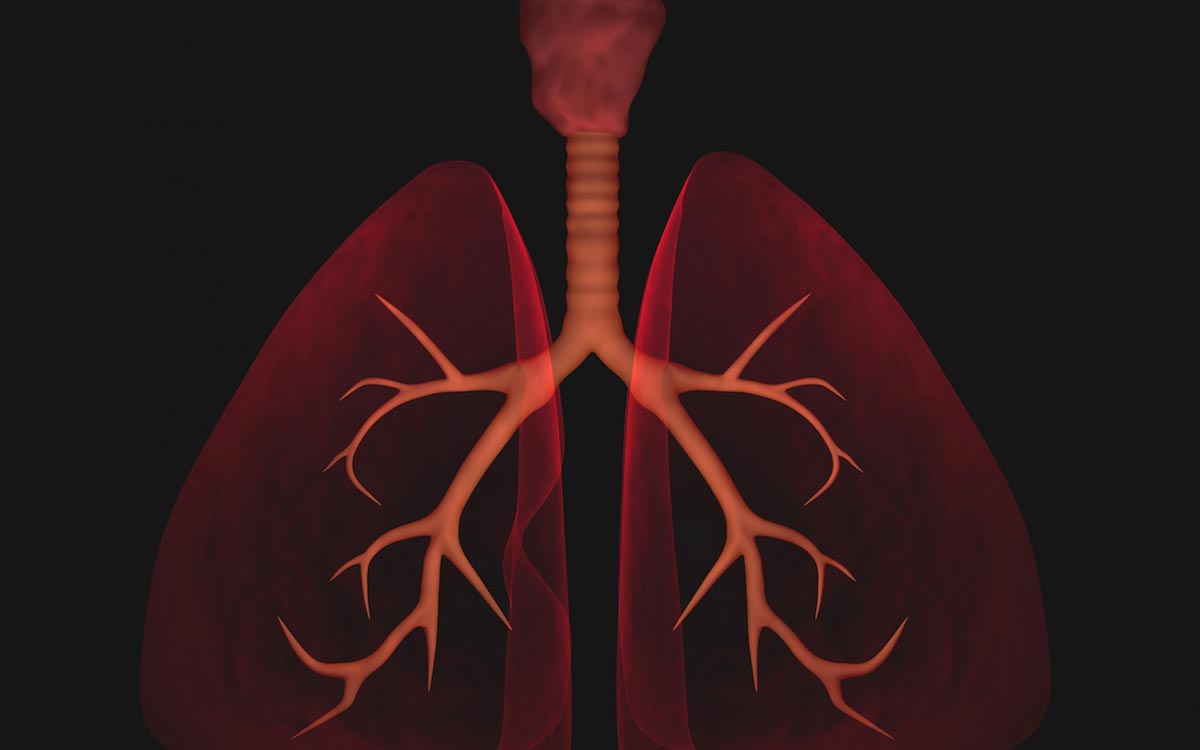Dog breeding illness can “potentially” infect humans, too
04/01/2020 / By Michael Alexander

Dog owners may want to refrain from getting too close to their pets, according to experts, as their cuddly “fur babies” might be harboring a highly contagious pathogen.
Brucella canis, according to the Centers for Disease Control and Prevention (CDC), is a Gram-negative bacterium that causes the disease “brucellosis” in dogs. It is also zoonotic in nature, which means it can also infect humans – especially those who may come into contact with canine blood, tissues and fluids.
What is brucellosis?
Also called Mediterranean Fever, brucellosis is a highly contagious disease caused by close contact with animal secretions such as blood, as well as reproductive fluids like semen and vaginal discharge. It can also be caught through the ingestion of undercooked meat from infected animals.
Brucellosis can infect dogs of any breed and any age. However, experts have noted that it is most common in mature dogs.
Diagnosis of B. canis infection in dogs can be somewhat difficult because many infected dogs are often asymptomatic and serologic and molecular diagnostic tools are mostly imperfect.
In dogs, brucellosis usually manifests the following signs and symptoms:
- Lethargy
- Swollen lymph nodes
- Difficulty walking
- Back pain
- Vaginal discharge
- Swollen testicles
- Inflammation of the skin around the scrotum
In addition to these symptoms, brucellosis can result in infertility, spontaneous abortions and stillbirths. In male dogs, brucellosis can cause low sperm counts or orchitis, a painful infection of the testicles.
How does brucellosis spread?
Canine brucellosis is also a zoonotic disease. This means it can spread across species — in this case from dogs to humans — although experts maintain that such an infection is highly unlikely.
“Spread can come from any bodily fluid from an infected pet. It may also come with contaminated objects,” Greg Nelson, DVM, and director of surgery and diagnostic imaging at Central Veterinary Associates in Valley Stream, New York, said. (Related: Top 10 ways to prevent your pets from getting cancer and dying young.)
Due to animal tissues and blood being one of the bacterium’s vectors, however, veterinarians, breeders, slaughterhouse workers and animal health care experts, are at a much higher risk for contracting the infection.
According to Keely Coppess, communications director for the Iowa Department of Agriculture & Land Stewardship, while transmission from a dog to a human is uncommon in general pet ownership situations, the risk of this happening increases during breeding and birthing because of the presence of fluids.
What are the symptoms of brucellosis?
According to experts, between 100 to 200 cases of brucellosis are reported in Americans every year. However, this number could be much higher, as the disease is believed to be underreported in medical literature.
According to the CDC, brucellosis can cause the following signs and symptoms to manifest in individuals:
- Fever
- Excessive sweating
- General malaise
- Headache
- Muscle, joint and back pain
- Fatigue
In addition, the CDC also mentioned several other signs and symptoms that may persist for longer periods of time:
- Recurrent fevers
- Arthritis
- Swelling of the testicle and scrotum area
- Swelling of the heart (endocarditis)
- Neurologic symptoms (in up to five percent of all cases)
- Chronic fatigue
- Depression
- Swelling of the liver and/or spleen
Depending on the timing of treatment and severity of illness, recovery may take a few weeks to several months.
According to medical experts, while death from brucellosis is rare, occurring in no more than two percent of all cases, individuals with weakened or compromised immune systems, including young children, pregnant women, or those with HIV, have a greater risk for developing more severe symptoms.
Sources include:
Tagged Under: bacteria, brucella canis, Brucellosis, dogs, infections, pathogens, pet dogs, pet health, Pets




















